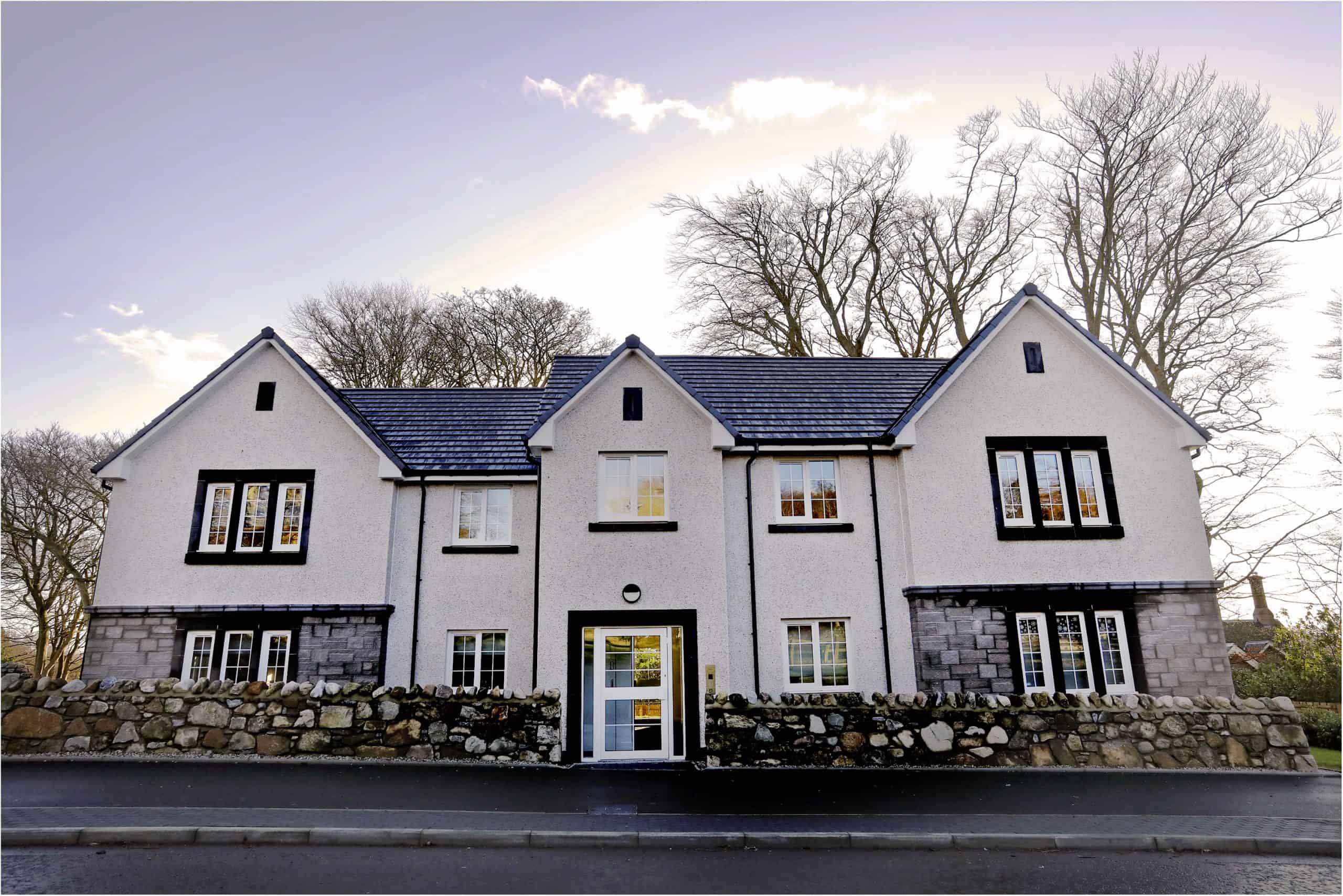There are few topics that generate as much passionate debate as housing, assuming of course that you have removed sport from the equation.
One look at the screaming headlines recently testifies to that, with the latest discussions in Scotland surrounding the floating home being offered to Ukrainian refugees who have fled here to escape constant air raids and missile strikes.
This has perhaps thrown another spotlight on the wider crisis in the sector and the need for innovative thinking and urgent action across Scotland’s housing stock in order to answer a whole raft of difficult issues, not just the immediate and obvious concerns for refugees.
This is not a new conundrum as even Confucius, who died in 479 BC, once said: “The strength of a nation is derived from the integrity of its homes.” So how are we placed in modern-day Scotland and is there an integrity gap?
Filling such a gap is a complex and multi-faceted task involving many agencies and organisations. It also requires a number of different solutions to be made available, so that everyone’s needs and wishes are capable of being met.
One tenure of housing in Scotland that is certainly on the increase is mid-market rental (MMR) homes. MMR, as a reminder, is there to fill the void for those who neither qualify for social housing nor can afford private rents, which have of course been on a rapid ascent across many parts of the country in recent years. MMR provides a good quality home with a relatively low rent and can thus also enable people to save for a deposit to put their foot on the first rung of the property ladder.
Started in 2009, MMR has been embraced by many subsidiaries of housing associations as well as other specialists to help tenants on low to moderate incomes.
Lack of provision of family homes
Research carried out for the Scottish Government has shown that the most common type of mid-market rental home is a two-bed flat, with the occupants likely to be in the 20-35 age bracket and actively in work (with an average household income of between £15,000 and £40,000). Rent levels are generally below the Local Housing Allowance (LHA) rate for the area and sit between social rents and private rents for a similar sized property. The typical tenant since the launch of the scheme has been a single adult or a couple, but much of that is down to the lack of provision of family homes. This is an area that many providers are now addressing, not least because of long social waiting lists for family homes and also, so that they are able to continue to provide housing for their current tenants, as their own families expand and grow.
Indeed, the latest annual report by Lar Housing Trust shows that only 27% of the organisation’s homes are occupied by family groups of one or two adults plus children. This figure is expected to grow as suitable sites are found and homes are constructed now that MMR has proven itself to be a viable and much needed tenure, and therefore providers across the country adapt to meet demand in the sector.
The appeal for the public purse is that mid-market rental homes are classed as affordable homes, yet attract much lower levels of grant subsidy than social housing. Even better, some organisations are able to provide MMR housing without any recourse to grant and instead fund their portfolios by a mix of low interest rate public sector loans, equity/sub-debt and commercial debt, pension or bond finance. These homes are therefore provided in addition to social housing provision but also give households a reduced rent provided by a professional landlord in a cost-effective manner for stretched public finances.
You can expect much more focus on MMR and its impact in the years ahead, as the current cost of living crisis takes hold. As the financial models for some MMR providers are also a welcome boon to the public purse, it should be expected that financial focus and value for money are a more prominent consideration going forward.
MMR is a valuable solution to some of the economic consequences facing many today and is likely to feature heavily in housing debates from now on.












